SUMMARY
This is AI generated summarization, which may have errors. For context, always refer to the full article.
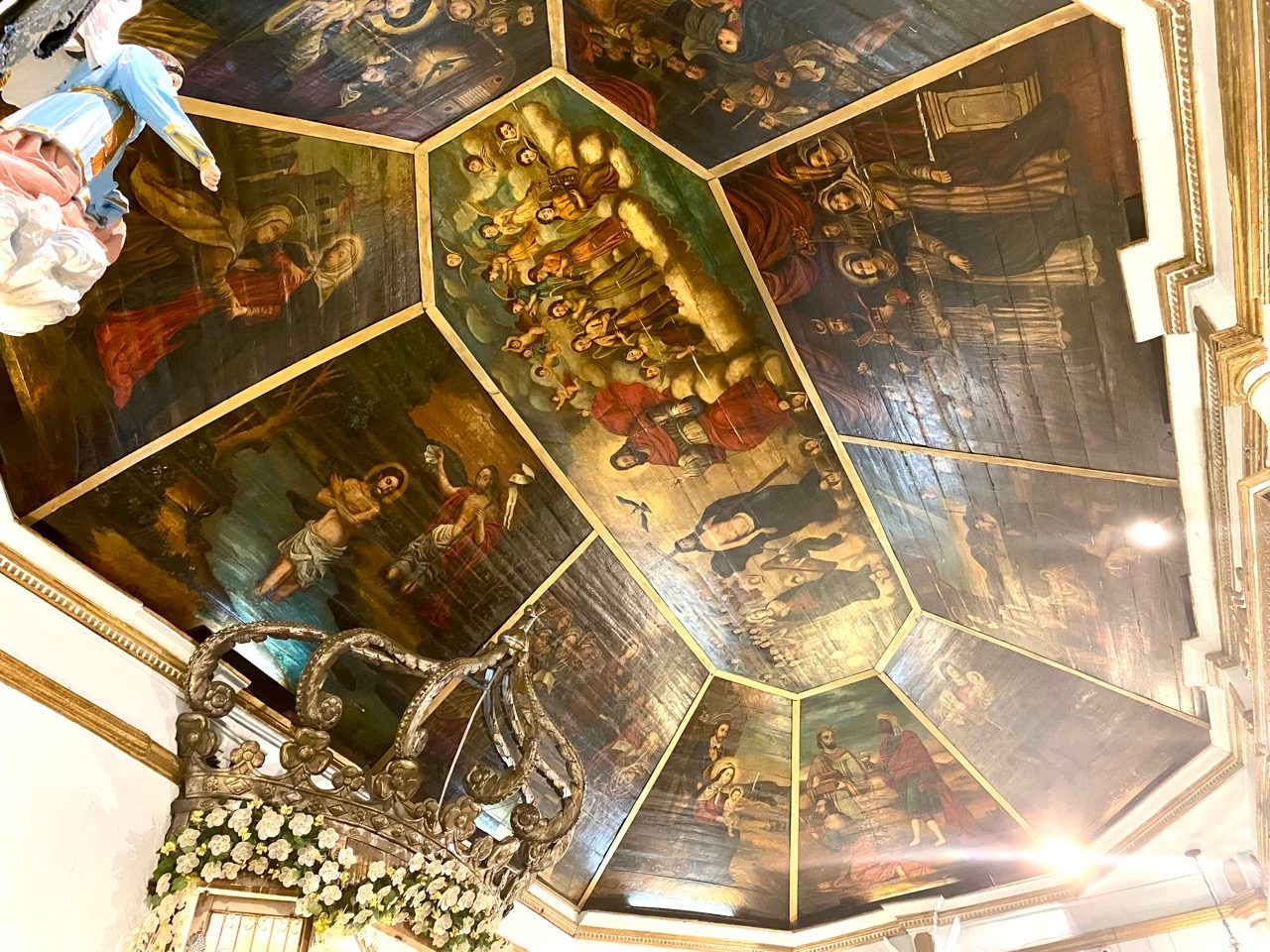
MANILA, Philippines – The cherished Santa Ana Church in Manila is under threat as the construction of Suntrust Ascentia encroaches on its heritage zone, endangering the camarin or shrine and its 11 unique frescoes, according to heritage advocates and church workers.
“These [paintings on the ceiling] are seriously in danger of irreparable damage due to the heavy pounding and pile driving of a major developer that is illegally constructing three high-rises of 36 stories each within the Buffer Zone of the Declared Heritage Zone of Santa Ana, Manila,” National Shrine of Our Lady of the Abandoned Parish Priest and Rector Virgilio Del Mundo Jr. said.
Several parishioners as well as the chamberlain caring for Mary’s image in the church told Rappler that since the construction of Suntrust Ascentia started in March, the centuries-old paintings on the ceilings started to chip off. They also believe the damage is related to the frequent vibrations caused by the pounding and drilling due to the construction of the 36-storey condominium, which is located 170 meters away from the church.
Suntrust Ascentia is a project of Suntrust Properties Incorporated, a wholly-owned subsidiary of publicly listed Megaworld Corporation, one of the Philippines’ largest property developers founded by tycoon Andrew Tan.

These frescoes, recognized as the oldest known oil-on-wood paintings in the Philippines depicting the life of Christ, have been declared a National Cultural Treasure.
The camarin also has a trove of artifacts, including blue and white Ming Dynasty tiles and Machuca tiles.
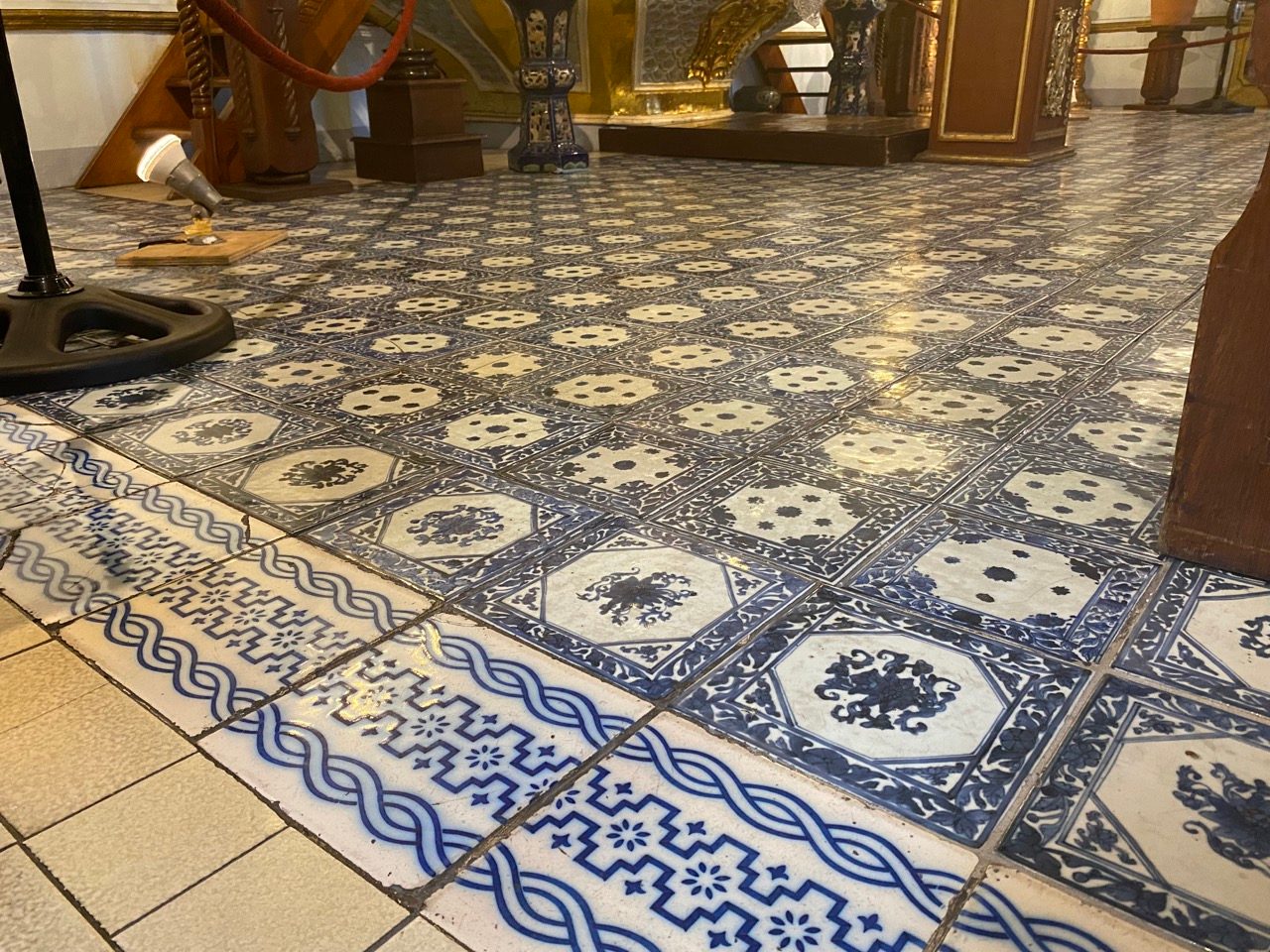
Historical significance of Santa Ana Church
The roots of Santa Ana Church trace back to 1578 when Spanish Franciscan missionaries laid its foundation as the first settlement beyond the walls of Intramuros.
Under the guidance of parish priest Vicente Ingles, the construction of a grand stone church started around 1720 and concluded in 1725.
The church gained fame as the Our Lady of the Abandoned Parish after becoming the home to the centuries-old and miraculous image of Nuestra Señora de los Desamparados, brought from Spain by Ingles.
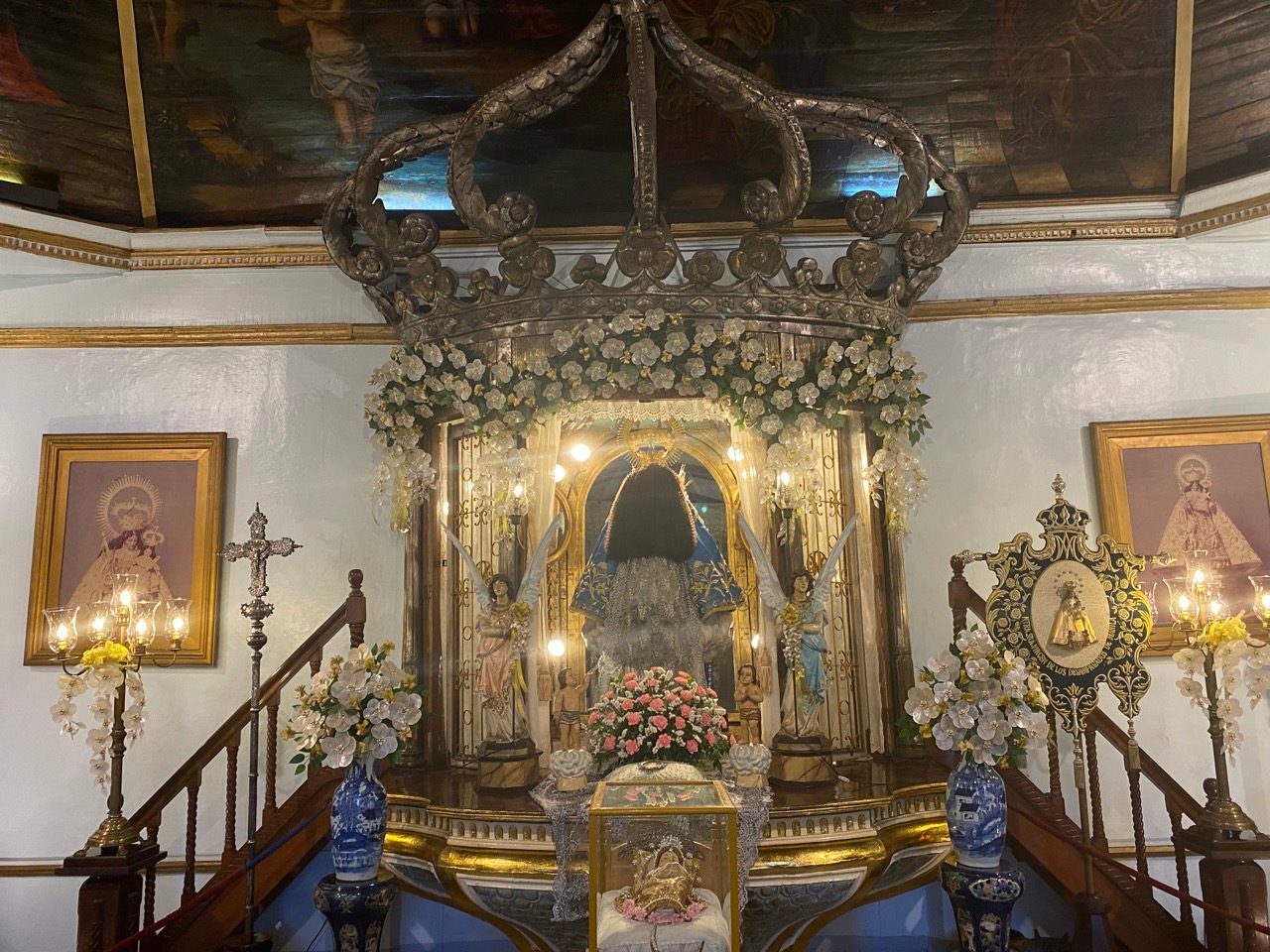
Moreover, Santa Ana, Manila, boasts a pre-Spanish colonial heritage.
In the mid-1960s, the National Museum of the Philippines (NMP) unearthed significant ancient artifacts in Santa Ana.
These findings showed Santa Ana’s pivotal role as a bustling trading center within the ancient Kingdom of Namayan, engaging in commerce with diverse Asian nations long before Spanish colonization.
Recognizing Santa Ana’s historical significance, the late President Ferdinand Marcos Sr. declared the Santa Ana Site as a National Cultural Treasure in 1973.
Aside from this national recognition, there is also a 2011 Manila ordinance that classifies the village as a histo-cultural heritage.
A 2014 resolution of the National Historical Commission of the Philippines (NHCP) declared a portion of Santa Ana in Manila as a heritage zone as defined under the National Cultural Heritage Act (NCHA), and provided for a 200-meter radius surrounding the Santa Ana Church where all new developments surrounding it must conform to a specific building character, height, and setback.
Efforts to preserve heritage
To protect their church, the barangay and the Santa Ana Heritage Tourism Association filed a petition for certiorari and prohibition against the Suntrust Ascentia construction before the Manila Regional Trial Court on March 24.
They argued that government offices failed to uphold the NCHA, which mandates authorization from the NHCP for construction work within the heritage zone and its surrounding buffer zone.
Additionally, they claimed that the Manila local government failed to convene the Santa Ana Histo-Cultural Planning Committee, a requirement under Manila Ordinance No. 8244 of 2011.
The petitioners also contend that the Office of the Building Official of Manila acted without or in excess of its jurisdiction, or with grave abuse of discretion when it issued a building permit in favor of Suntrust in December 2020, despite the absence of a “valid and genuine” barangay construction clearance, permission from the Manila city council, an environmental compliance certificate (ECC), and a heritage impact assessment.
On December 6, 2022, the Department of the Environment and Natural Resources (DENR) issued a show cause order and a suspension of the project’s implementation due to the absence of an ECC.
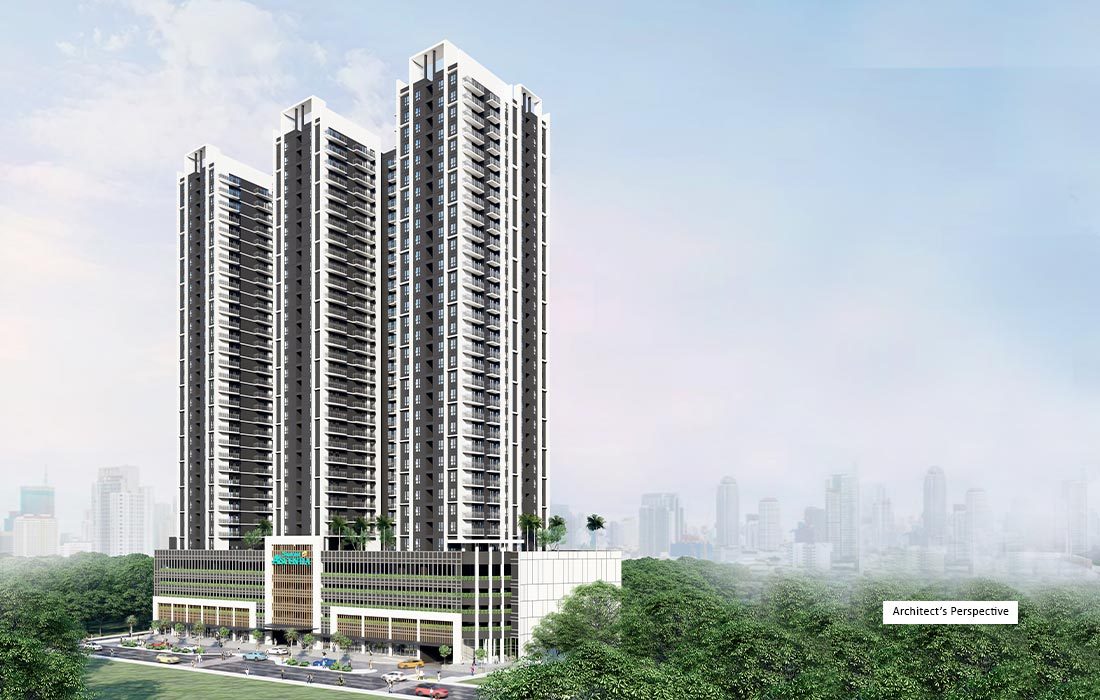
The Manila Regional Trial Court dismissed the petition on July 10, 2023. However, it ordered Suntrust to suspend construction pending the submission of an ECC from the DENR and other required clearances and permits.
Following the dismissal, the petitioners filed a motion for reconsideration on July 28, which was also dismissed by the court on August 7.
On August 8, Suntrust secured an ECC from DENR and resumed construction, despite continued concerns from the local community.
Residents argued that the ECC issuance was a “grave mistake,” and claimed that the zoning clearance, city council resolution, and building permit from Manila City Hall were all expired.
Rappler reached out to Suntrust on September 13, Wednesday, for comment on these issues but it has yet to respond as of posting. We will update this story in the event it responds.
Possible negative impacts ‘mitigated’
In its Environmental Impact Statement (EIS) submitted to the DENR-Environmental Management Bureau in 2022, Suntrust said that “Environmentally sound practices have been incorporated in the project planning and design, and possible negative impacts have been identified to be mitigated to acceptable levels.”
“Based on the impact assessment, the potential adverse impacts during construction include degradation air quality due to dust and fugitive emissions from heavy equipment, increased noise, traffic congestion, and occupation health and safety risks,” Suntrust told the DENR.
“During operations phase, potential impacts are related to degradation of water quality and freshwater environment due to domestic wastes and traffic congestion. Majority of these impacts can be addressed by the mitigating measures proposed in this study and would result to no residual impacts,” the EIS’ Executive Summary read.
According to the ECC posted outside the project site, the DENR may cancel the certificate or fine the company P50,000 per violation if it finds “sufficient cause.”
Recognizing Santa Ana’s history, Suntrust said in an article posted on its website in September 2021 that its Ascentia project “is envisioned to become a landmark that represents Santa Ana’s well-heeled heritage in the middle of a modern cityscape.”
“Historical arts and pieces shall be stylishly on display in a dedicated area to commemorate the essence of the district in terms of its glorious past,” the company added.
“Its architectural design is a seamless fusion of heritage and modernity. Inspired by the original headquarters of the GSIS in Arroceros Street, Manila which was designed by Federico Ilustre who has worked on numerous postwar architectural structures in the country such as the Quezon Memorial Shrine, Suntrust Ascentia will be a showcase of the city’s rich history and vibrant future,” said Suntrust Properties President Harry Paltongan.
Continuing threat to cultural heritage
This is not the first time a developer has attempted to build a structure on Ascentia’s site. Ayala Land’s Amaia previously acquired the land but abandoned its project due to strong opposition from parishioners, the community, local government, and cultural agencies.
On a nearby location, over a decade ago, residents also opposed CDC Holdings Inc.’s River Green Residences condominium construction. This was temporarily halted by the National Commission for Culture and the Arts (NCCA) after it issued a cease and desist order.
According to Boyet Magale, a local tourist guide in Santa Ana, the Jesuit-owned La Ignaciana, which Jose Rizal used to visit, is located on the site of the River Green Residence Condominium. A historical marker for La Ignaciana was installed by the National Historical Committee of the Philippines but was stolen after the structure burned down some decades ago.
Despite this historical significance and community opposition, construction pushed through.
This time around, residents and the church are cautiously optimistic, hoping to avoid history repeating itself.
“We hope for your instant action to stop the illegal activities of the developer Suntrust Properties Inc. once and for all and protect our National Cultural Treasure of Santa Ana for Filipinos now and in the future,” Del Mundo said in an appeal to national cultural agencies.
– Rappler.com
Add a comment
How does this make you feel?
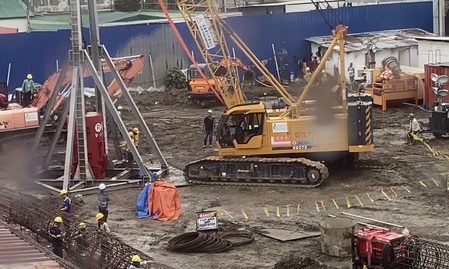
![[Pastilan] When ‘till death do us part’ sounds like a threat](https://www.rappler.com/tachyon/2024/06/TL-woman-divorce-abuse-june-11-2024.jpg?resize=257%2C257&crop_strategy=attention)

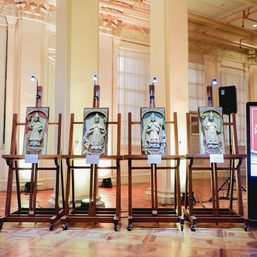
![[OPINION] Church heritage is God’s story](https://www.rappler.com/tachyon/2024/04/church-heritage-april-26-2024.jpg?resize=257%2C257&crop=409px%2C2px%2C1077px%2C1078px)
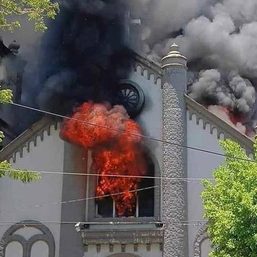





![[Uncle Bob] No whores at the Oarhouse](https://www.rappler.com/tachyon/2024/06/oarhouse-june-28-2024-2.jpg?resize=257%2C257&crop=414px%2C0px%2C1080px%2C1080px)



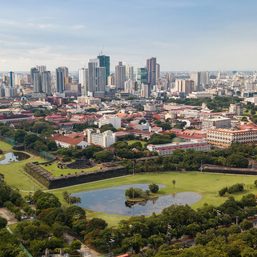









![[ANALYSIS] Not all REITs are created equal](https://www.rappler.com/tachyon/2024/06/tl-not-all-reits-are-created-equal-06012024.jpg?resize=257%2C257&crop=233px%2C0px%2C720px%2C720px)
There are no comments yet. Add your comment to start the conversation.